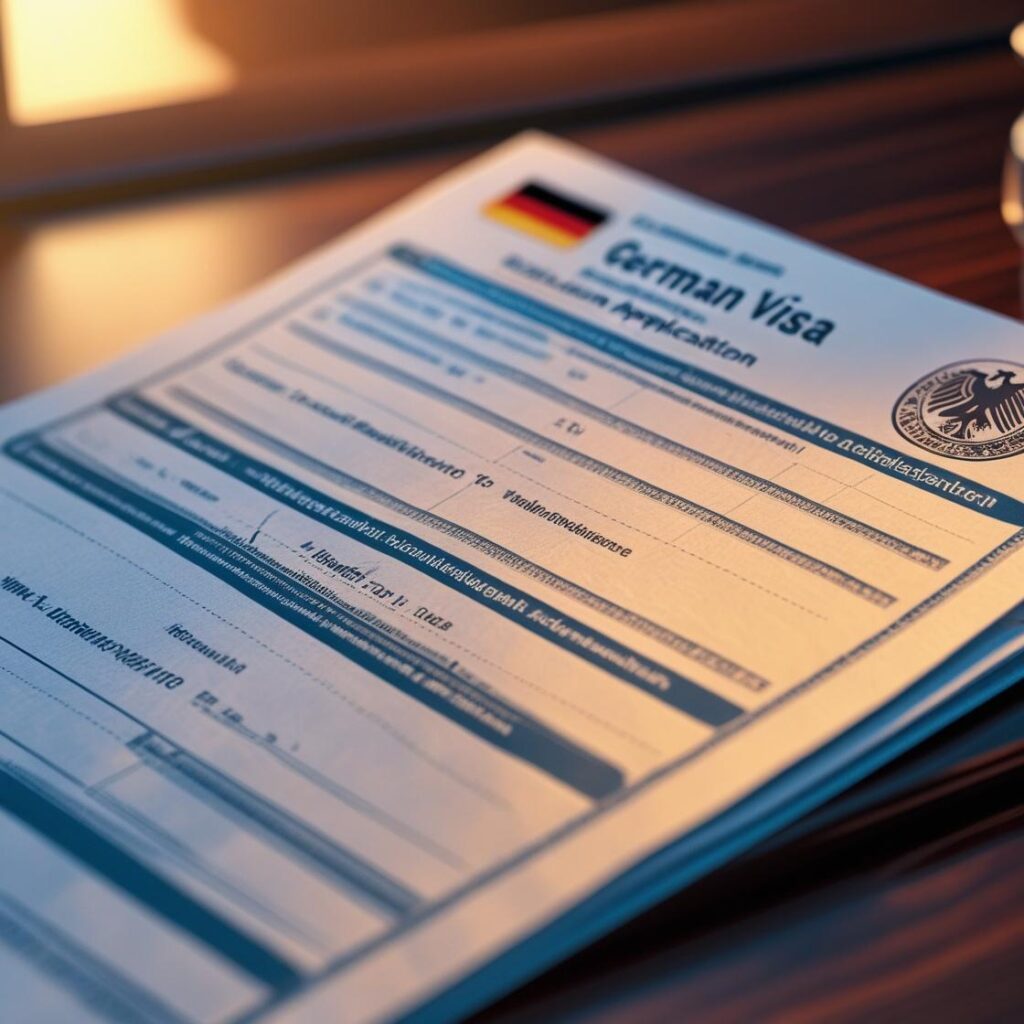Canada is a top destination for international students, offering world-class education, vibrant communities, and excellent post-graduation work opportunities. Securing a Canada student visa, also known as a study permit, is a critical step to ensuring a smooth and successful academic journey. This guide walks you through each stage of the application process, from checking your eligibility and selecting a designated learning institution (DLI) to preparing for your arrival and maintaining compliance while studying.
اقرأ أيضاً: تأشيرة ألمانيا | كيفية الحصول على تأشيرة طالب؟
1. Overview of Canada Student Visas
Canada issues study permits to international students enrolled at designated learning institutions (DLIs). A study permit is not a visa itself, but it allows you to study in Canada for the duration of your program. If you require a temporary resident visa (TRV) or an electronic travel authorization (eTA), you may need to apply for these in addition to your study permit, depending on your nationality.
اقرأ أيضاً: تأشيرة كولومبيا | كيفية الحصول على تأشيرة طالب؟
A study permit typically covers the full length of your academic program plus an additional 90 days, during which you can prepare to leave Canada or apply to extend your permit. It’s important to maintain valid status throughout your stay.
اقرأ أيضاً: تأشيرة البحرين | كيفية الحصول على تأشيرة طالب؟
2. Eligibility Requirements
To qualify for a Canada study permit, you must meet the following criteria:
اقرأ أيضاً: تأشيرة النرويج | كيفية الحصول على تأشيرة طالب؟
- Have a letter of acceptance from a DLI in Canada.
- Prove you have sufficient financial resources.
- Pass a medical exam if required.
- Provide a police clearance certificate if requested.
- Convince an immigration officer that you will leave Canada when your studies conclude.
Each requirement has specific documentation and evidence guidelines, so review the official Immigration, Refugees and Citizenship Canada (IRCC) resources for details.
3. Choosing a Designated Learning Institution (DLI)
DLIs are Canadian schools approved by provincial or territorial governments to host international students. Before applying for a study permit, ensure your chosen institution is on the DLI list.
- Visit the IRCC website to access the up-to-date DLI list.
- Confirm that both your program and campus location are covered under the institution’s DLI approval.
- Compare tuition fees, available scholarships, and program accreditation.
Selecting the right institution not only affects your eligibility but also impacts access to on-campus employment, co-op programs, and post-graduation work permits.
4. Gathering Required Documents
A complete study permit application requires several key documents:
- Letter of Acceptance: Official acceptance letter from your DLI.
- Proof of Financial Support: Recent bank statements, scholarship letters, or sponsorship confirmations.
- Identity Documents: Valid passport, two passport-sized photos, and translations of any non-English/French documents.
- Statement of Purpose (SOP): A letter explaining your study objectives, reasons for choosing Canada, and career goals.
- Supplementary Forms: Any additional forms specified by IRCC, such as family information or custodian declarations for minors.
Organize all documents in order and ensure any translations are certified.
5. Completing the Application Form
The primary application form for a study permit is IMM 1294 (Application for Study Permit Made Outside of Canada).
- Create an online IRCC account.
- Fill in personal, educational, and program details accurately.
- Upload scanned copies of all required documents.
- Review for errors and inconsistencies before submission.
Accuracy is critical: errors can lead to delays or refusals. Double-check your passport number, program timelines, and financial figures before submitting.
6. Paying the Application Fee and Biometrics
After submitting the online form, you must pay the application processing fee and biometrics fee (if applicable).
- Processing Fee: CAD 150 for most applicants.
- Biometrics Fee: CAD 85 for applicants who require fingerprints and photo capture.
Use a credit/debit card or online banking to complete payment. Once paid, you’ll receive a Biometric Instruction Letter (BIL) with instructions on where and when to provide biometrics.
7. Processing Times and Tracking Your Application
Processing times vary by country and time of year, typically ranging from 4 to 16 weeks. To check current processing times:
- Visit the IRCC processing time tool.
- Enter your country of residence and type of application.
Once applied, log into your IRCC account regularly to monitor status updates. You’ll receive notifications when:
- Biometrics are received.
- Application status changes (e.g., under review, decision made).
- A request for additional information is issued.
8. Preparing for Arrival in Canada
Upon approval, you’ll receive a Port of Entry (POE) Letter of Introduction and, if required, a TRV or eTA.
- Travel Arrangements: Book flights timed to arrive a few weeks before classes start.
- Health Insurance: Many provinces mandate health coverage; purchase private insurance if your province’s plan doesn’t cover international students.
- Accommodation: Arrange on-campus housing or rent off-campus prior to arrival.
Keep all approval letters, passport, and acceptance letters easily accessible during travel. At the border, present them to the border services officer to obtain your official study permit.
9. Working While Studying
Study permits often allow you to work up to 20 hours per week during academic sessions and full-time during scheduled breaks.
- On-Campus Employment: Work for the institution or a contracted employer on campus without a separate work permit.
- Off-Campus Employment: Must be part of an eligible program and maintain full-time status.
- Co-op/Internships: If your program includes a mandatory work component, apply for a co-op work permit.
Ensure you comply with all work conditions to avoid jeopardizing your study permit status.
10. Extending or Changing Your Study Permit
If you need more time, apply for an extension at least 30 days before your current permit expires.
- Extension Application: Submit form IMM 5709 (Application to Change Conditions, Extend Your Stay or Remain in Canada as a Student).
- Change of Conditions: If you switch programs or institutions, notify IRCC and secure a new letter of acceptance.
Maintain valid status: apply on time and include updated proof of enrollment and financial support. Failure to extend on time may require you to leave Canada and reapply from outside.
Conclusion
Securing a Canadian study permit demands careful planning, thorough documentation, and timely action. By following this step-by-step guide—choosing a DLI, gathering the right paperwork, submitting a complete application, and understanding your work rights—you’ll be well-prepared for life as an international student in Canada. Start early, stay informed, and embrace the opportunities awaiting you.



